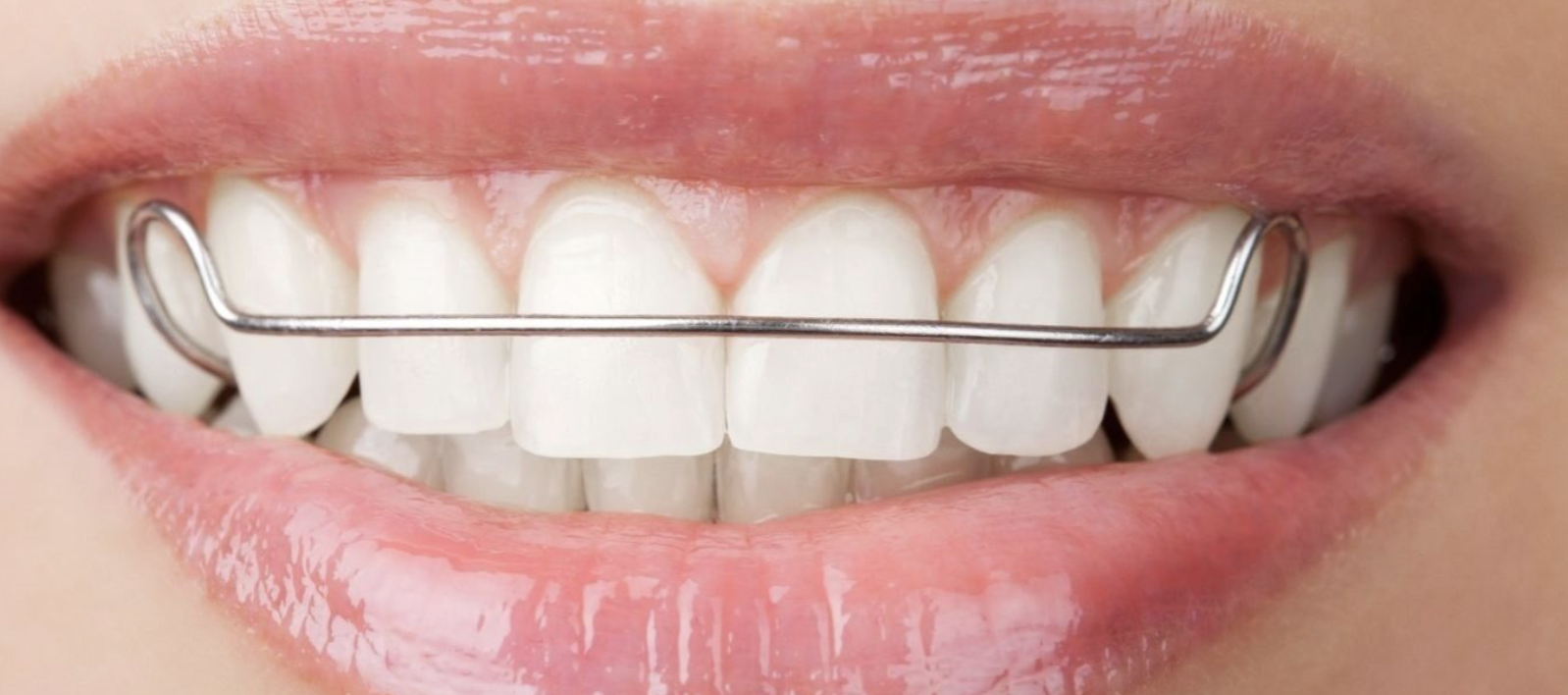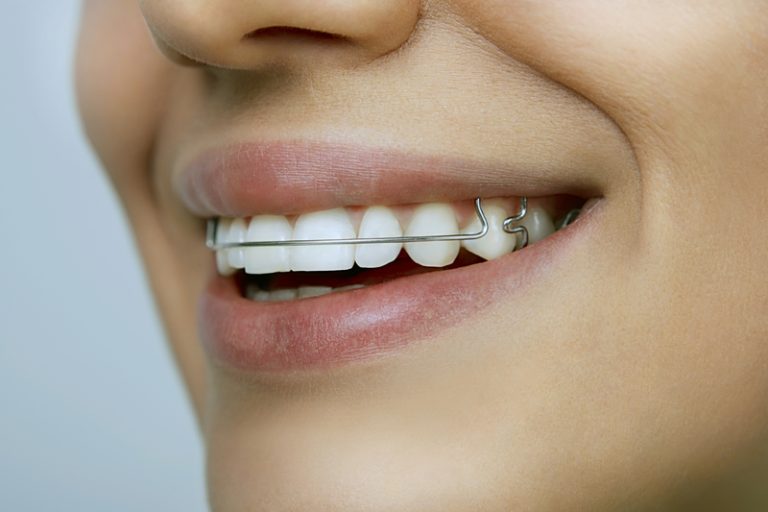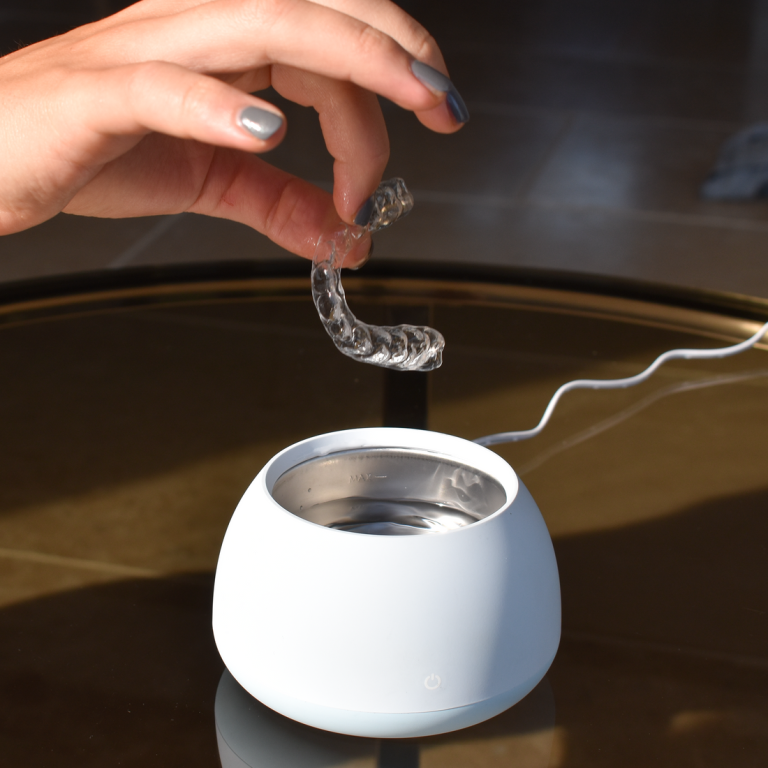Do Retainers Straighten Teeth: The Ultimate Guide
Last Updated on 1 month by DR. ALBIN SIPES
Yes, retainers can help straighten teeth, but their primary function is to maintain alignment. They are often used after braces to keep teeth in their new position.
Retainers play an essential role in orthodontic treatment. Once braces are removed, teeth can shift back to their original positions. This is where retainers come in handy. They help to hold teeth in place, ensuring that your smile stays perfect.
Retainers come in different types, including fixed and removable options. Each type serves a specific purpose and is chosen based on individual needs. Understanding how retainers work and their importance can help you maintain that straight smile you’ve worked hard to achieve. Let’s dive deeper into the function of retainers and how they contribute to dental health.

Introduction To Retainers
Retainers play a crucial role in orthodontic treatment. They help keep teeth in their new position after braces. Let’s dive deeper into what retainers are and their types.
What Are Retainers?
Retainers are custom-made devices. They hold teeth in place. After braces or other dental work, teeth can shift back. Retainers prevent this.
Orthodontists recommend wearing retainers. This ensures your new smile lasts. Retainers can be fixed or removable.
Types Of Retainers
There are three main types of retainers. Each type has its unique benefits. Let’s explore them:
| Type | Description | Pros | Cons |
|---|---|---|---|
| Hawley Retainers | Made of metal wire and acrylic. |
|
|
| Clear Retainers | Made from clear plastic. |
|
|
| Fixed Retainers | Bonded to the back of teeth. |
|
|
Each type of retainer has its own use. Your orthodontist will suggest the best type for you. This ensures your teeth stay straight and healthy.

How Retainers Work
Retainers play a crucial role in maintaining teeth alignment. They ensure that your teeth stay in their new position after braces. Let’s explore how retainers work.
Mechanism Of Action
Retainers apply gentle pressure on your teeth. This pressure helps keep teeth in place. The pressure is consistent but not strong. It’s just enough to prevent teeth from shifting back.
There are different types of retainers. Some are removable, while others are fixed. Removable retainers are usually made of plastic and wire. Fixed retainers are bonded to the back of your teeth. Each type works effectively to maintain alignment.
Role In Teeth Alignment
After braces, teeth can move back to their original position. This is where retainers come in. Retainers hold teeth in their new position. They give the bone around your teeth time to rebuild.
Retainers are often worn at night. Some might need to wear them all day at first. Over time, the frequency of wearing retainers may reduce. But it’s important to follow your dentist’s advice.
Consistency is key. Wearing your retainer as directed ensures long-lasting results. It helps in maintaining a perfect smile.
Benefits Of Using Retainers
Using retainers has numerous benefits that go beyond just keeping your teeth in place. They help maintain the results achieved through orthodontic treatments and offer several long-term and aesthetic advantages.
Long-term Benefits
Retainers play a crucial role in ensuring that your teeth stay aligned over time. After braces, teeth can shift back to their original positions. Retainers prevent this movement, ensuring that your smile remains straight.
Another key benefit is maintaining oral health. Straight teeth are easier to clean and less prone to cavities and gum disease. Retainers help you keep your teeth in their ideal positions, making it simpler to brush and floss effectively.
Retainers also prevent relapse of orthodontic issues. They stabilize your teeth and jaw, reducing the chances of needing further orthodontic treatments in the future.
Aesthetic Improvements
Wearing retainers provides aesthetic benefits by maintaining the alignment of your teeth. A straight smile boosts confidence and can improve your overall appearance.
Retainers help in correcting minor imperfections. They can address slight shifts or gaps that may occur after the removal of braces, ensuring your smile remains perfect.
Another aesthetic benefit is the prevention of tooth wear. Misaligned teeth can cause uneven wear and tear. Retainers help maintain proper alignment, reducing the risk of damage.
In summary, retainers offer both long-term and aesthetic benefits, making them a vital part of post-orthodontic care. Ensure you wear your retainers as recommended to enjoy a lasting, beautiful smile.
Limitations Of Retainers
Retainers are often used to maintain the position of teeth after braces. But they do have their limitations. While they can help prevent teeth from shifting back to their original positions, retainers alone may not be enough to straighten teeth.
When Retainers May Not Work
Retainers are not always effective in all cases. Here are some instances where retainers may fall short:
- Severe Misalignment: Retainers are not designed to correct major alignment issues.
- Bone Structure: If your jawbone structure is not ideal, retainers might not be effective.
- Age Factor: Younger patients may see better results. Adults might need alternative treatments.
Retainers are generally best for minor adjustments and maintaining alignment after orthodontic treatment.
Alternative Solutions
If retainers are not suitable for your needs, consider these alternatives:
- Braces: Traditional braces are effective for severe misalignments.
- Invisalign: Clear aligners offer a discreet way to straighten teeth.
- Veneers: Dental veneers can improve the appearance of slightly misaligned teeth.
These options can provide better results for those who need more than what retainers can offer.
Consult with your orthodontist to determine the best course of action for your specific needs.
Maintenance And Care
Maintaining and caring for your retainers is crucial. Proper care ensures they stay effective and hygienic. This section covers essential tips for cleaning and storing your retainers.
Cleaning Retainers
Cleaning your retainers daily is important. This prevents bacteria buildup and keeps them fresh. Here are some steps to follow:
- Rinse your retainers with lukewarm water after removing them.
- Use a soft toothbrush to clean them. Avoid using toothpaste as it can be abrasive.
- Soak your retainers in a denture cleaner once a week. Follow the package instructions.
- Avoid boiling water or harsh chemicals. These can warp or damage the retainers.
Keeping your retainers clean helps maintain their appearance and function. It also protects your oral health.
Storage Tips
Proper storage of your retainers is just as important as cleaning. Here are some tips to ensure they stay safe and in good condition:
- Always keep your retainers in a protective case when not in use.
- Store the case in a cool, dry place away from direct sunlight.
- Do not wrap them in napkins or tissue paper. They can easily be thrown away by mistake.
- Keep your retainers away from pets. Dogs love to chew on them.
Following these storage tips will help you avoid losing or damaging your retainers. Proper care ensures they last longer and stay effective.

Retainers For Different Age Groups
Retainers play a crucial role in maintaining straight teeth after orthodontic treatment. They help keep teeth in their new position. But retainers are not one-size-fits-all. The needs of children, teens, and adults differ.
Children And Teens
For children and teens, retainers are essential after braces. Their jaws are still growing. Teeth may shift back if not held in place. There are two main types of retainers for this age group:
- Fixed retainers: These are glued to the back of teeth. They are not removable. They provide constant support.
- Removable retainers: These can be taken out. They are usually worn at night. They are easier to clean.
Parents should monitor the use of retainers. Regular dental check-ups are important. Ensuring proper use can prevent teeth from shifting.
Adults
Adults also benefit from retainers. Even small movements can affect the alignment of teeth. Retainers for adults can be either fixed or removable. The choice depends on personal preference and lifestyle:
| Type | Advantages | Disadvantages |
|---|---|---|
| Fixed Retainers |
|
|
| Removable Retainers |
|
|
Adults should follow their orthodontist’s advice on retainer use. Consistent use ensures the longevity of their straight teeth.
Cost And Insurance
Understanding the cost and insurance coverage for retainers is crucial. This helps in planning for the financial aspects of teeth straightening. Let’s break down the costs and see how insurance can help.
Price Range
The price of retainers varies widely. It depends on the type and the provider. Here is a simple breakdown:
| Type of Retainer | Price Range |
|---|---|
| Hawley Retainers | $150 to $300 per set |
| Clear Plastic Retainers | $100 to $250 per set |
| Permanent Retainers | $250 to $500 per set |
Hawley retainers are the most common. Clear plastic retainers are nearly invisible. Permanent retainers are fixed and can last many years. Each type has its own benefits and costs.
Insurance Coverage
Not all insurance plans cover retainers. It’s important to check your policy details. Here are some points to consider:
- Orthodontic Coverage: Some plans include orthodontic benefits. This may cover part or all of the retainer cost.
- Age Limitations: Some plans only cover orthodontic treatment for children.
- Pre-approval: Some insurers require pre-approval for retainer costs. Always confirm with your provider.
Contact your insurance company to understand your coverage. This ensures you are not caught off guard by unexpected expenses. If insurance does not cover the costs, discuss payment plans with your orthodontist.
Conclusion
Retainers play a key role in keeping teeth straight. They help maintain alignment after braces. Regular use is crucial for best results. Don’t skip wearing them as prescribed. This ensures your smile stays perfect. Always consult your orthodontist for personalized advice.
Remember, a retainer is your ally for a lasting, straight smile. Proper care and consistent use lead to success. Keep smiling with confidence.



